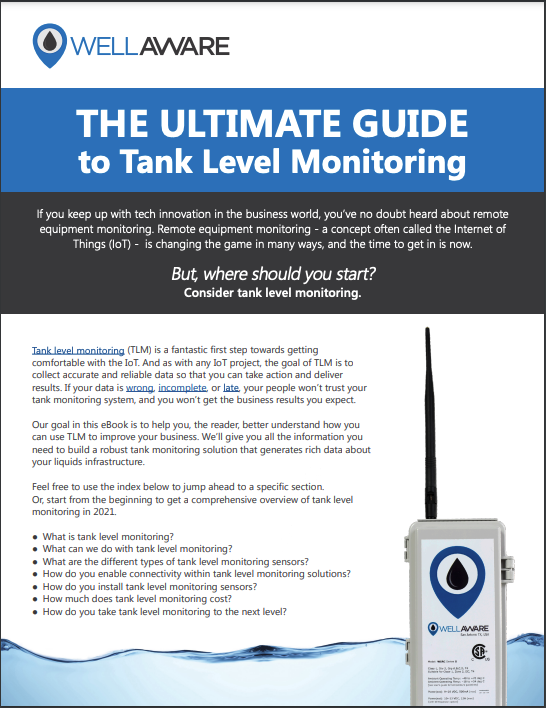To determine if your O2 sensor is bad, check for signs such as poor fuel economy, rough idling, and a decrease in engine power. These symptoms may indicate a faulty O2 sensor that needs to be replaced.
A malfunctioning O2 sensor can negatively impact your vehicle’s performance and fuel efficiency. If you notice these warning signs, it is advisable to have a professional mechanic diagnose and fix the issue. Ignoring a faulty O2 sensor can lead to further damage to the engine and increased emissions, so it is important to address the problem promptly.
Signs Of A Bad O2 Sensor
The O2 sensor, also known as the oxygen sensor, plays a crucial role in your vehicle’s performance by monitoring the levels of oxygen in the exhaust gases. It helps your car’s engine control unit (ECU) determine the ideal air-fuel mixture for efficient combustion. A malfunctioning O2 sensor can lead to various issues and even affect your vehicle’s fuel economy. In this section, we will discuss the signs of a bad O2 sensor that you should be aware of.
Check Engine Light
One of the most common signs of a bad O2 sensor is the illumination of the check engine light on your vehicle’s dashboard. When the O2 sensor fails to provide accurate readings or there is a significant deviation from the expected values, the ECU detects this problem and triggers the check engine light. It serves as an early warning for potential issues, and it is important not to ignore this indicator.
Decreased Fuel Efficiency
A faulty O2 sensor can greatly impact your vehicle’s fuel efficiency. When the sensor is not functioning properly, it may send incorrect signals to the ECU, causing the engine to run rich or lean. Running rich means your engine is using more fuel than necessary, while running lean means it is not receiving enough fuel. Both situations can lead to decreased fuel economy and a noticeable increase in fuel consumption.
Rough Idling
If your vehicle experiences rough idling, where the engine runs unevenly or stumbles, it could be a sign of a bad O2 sensor. A malfunctioning sensor can disrupt the air-fuel mixture, causing the engine to run poorly at idle. You may notice the engine sputtering, vibrating, or even stalling. It is important to address this issue promptly to prevent further damage to other engine components.

Credit: huckaerobolt.com.au
Common Causes Of O2 Sensor Failure
Oxygen sensors, also known as O2 sensors, play a crucial role in your vehicle’s engine management system. They are responsible for measuring the level of oxygen in the exhaust gases and providing this information to the engine control unit (ECU) to adjust the air-fuel mixture. However, like any other mechanical component, O2 sensors can fail over time due to various reasons. In this section, we will explore the common causes of O2 sensor failure.
Excessive Oil Consumption
One of the main causes of O2 sensor failure is excessive oil consumption within the engine. When oil starts leaking into the combustion chamber or is burned during the combustion process, it can contaminate the O2 sensor. This contamination can lead to inaccurate readings and ultimately result in sensor failure. Regularly checking your oil levels and addressing any leaks or excessive consumption can help prevent this issue.
High Mileage
High mileage can also contribute to O2 sensor failure. Over time, the sensor can become worn out or coated with carbon deposits, which can affect its performance. As your vehicle racks up the miles, it’s essential to monitor the health of the O2 sensor and consider replacing it if necessary. Regular engine maintenance and tune-ups can also help extend the lifespan of the sensor.
Contaminated Fuel
Using contaminated fuel can be another culprit behind O2 sensor failure. Fuel that contains impurities such as dirt, water, or additives can affect the overall performance of the sensor. These impurities can lead to sensor fouling or corrosion, causing it to malfunction. To avoid this issue, it’s important to always fuel up at reputable gas stations and consider using fuel additives to keep the fuel system clean.
In conclusion, understanding the common causes of O2 sensor failure can help you diagnose and address any issues promptly. Whether it’s excessive oil consumption, high mileage, or contaminated fuel, being proactive in maintaining your vehicle’s engine can extend the life of your O2 sensor and prevent costly repairs down the line.
Testing For A Bad O2 Sensor
When identifying a faulty O2 sensor, it is crucial to perform thorough testing to pinpoint the root cause of the issue. The following methods can help in determining whether the O2 sensor is bad, allowing for prompt replacement to ensure optimal vehicle performance. Testing for a bad O2 sensor can be carried out using different approaches, including using a diagnostic scanner, visual inspection, and measuring voltage output.
Using A Diagnostic Scanner
Modern vehicles are equipped with advanced onboard diagnostics (OBD) systems that can provide valuable insights into the functionality of components such as the O2 sensor. By utilizing a diagnostic scanner, you can retrieve error codes related to the O2 sensor, indicating potential issues that require attention.
Visual Inspection
Conducting a visual inspection of the O2 sensor and its associated wiring can reveal apparent signs of damage or deterioration. Look for frayed wires, corrosion, or physical damage to the sensor itself. Any visual anomalies could point towards a defective O2 sensor that needs replacement.
Measuring Voltage Output
Measuring the voltage output of the O2 sensor using a multimeter can provide quantitative data on its performance. A healthy O2 sensor should fluctuate within a specific voltage range, reflecting the varying oxygen levels in the exhaust gases. Deviations from the expected voltage range may indicate a faulty O2 sensor that requires immediate attention.
By employing these testing methods, you can effectively diagnose a bad O2 sensor, enabling timely intervention to restore your vehicle’s efficiency and performance.

Credit: www.pranaair.com
Replacing A Faulty O2 Sensor
A faulty O2 sensor can affect your vehicle’s fuel efficiency and performance. Signs of a bad sensor include decreased gas mileage, rough idling, or potential engine misfires. If you notice these issues, it’s crucial to have the O2 sensor replaced to maintain optimal vehicle function.
Locating The Sensor
Find the sensor under the vehicle near the exhaust system, paying attention to its position.
Safety Precautions
- Ensure the car is turned off before beginning the replacement.
- Wear protective gloves and goggles to safeguard yourself.
- Allow the engine to cool down to prevent burns.
Installation Process
Disconnect the battery to avoid any electrical mishaps during the installation.
Use the appropriate tools to unscrew the old sensor and carefully remove it from the exhaust system.
Install the new sensor in the same location and secure it tightly with the correct torque.
Reconnect the battery and start the engine to confirm the replacement was successful.
Maintaining O2 Sensors For Longevity
To ensure the longevity of your vehicle’s O2 sensors, it is important to know the signs of a bad sensor. Look out for symptoms like decreased fuel efficiency, rough idling, and failed emissions tests, which could indicate a faulty O2 sensor that needs maintenance or replacement.
Maintaining O2 Sensors for Longevity Using Proper Fuel Regular Inspection Ensuring Tight Connections Driving a vehicle with a faulty O2 sensor can lead to decreased fuel efficiency. Using the proper fuel is crucial for extending the life of your O2 sensor. Regularly inspecting the O2 sensor is key to detecting issues early. A simple visual check can go a long way in preventing costly repairs down the road. Ensuring tight connections between the O2 sensor and the exhaust system is essential for accurate readings. Loose connections can lead to inconsistent data. By following these maintenance tips, you can prolong the lifespan of your O2 sensor and keep your vehicle running smoothly.
Credit: info.wellaware.us
Frequently Asked Questions For How To Know If 02 Sensor Is Bad
How Do You Know If O2 Sensor Is Bad?
A bad O2 sensor can be identified through symptoms like poor fuel efficiency, check engine light illuminating, rough idling, and high emissions. Replace the sensor if you experience these issues to ensure proper functioning of your vehicle’s fuel-air mixture.
How Can I Test My O2 Sensor?
To test your O2 sensor, use a digital multimeter to measure the voltage. Disconnect the sensor and connect the multimeter. Start the engine and check for fluctuating voltage, indicating a working sensor. If voltage remains steady, the sensor is faulty and needs replacement.
Can You Drive Your Car With A Bad O2 Sensor?
Driving with a bad O2 sensor is not recommended as it can affect fuel efficiency and emissions.
What Does A Bad O2 Sensor Sound Like?
A bad O2 sensor may cause a rough idle or poor fuel efficiency due to incorrect air-to-fuel ratio.
Conclusion
To sum up, recognizing the signs of a faulty oxygen sensor is crucial in maintaining your vehicle’s performance. By paying attention to warning signals such as poor fuel economy, rough idling, or a check engine light, you can swiftly identify and address any issues with the O2 sensor.
Tackling these problems promptly will ultimately save you time and money in the long run, ensuring your car’s efficiency and longevity.
